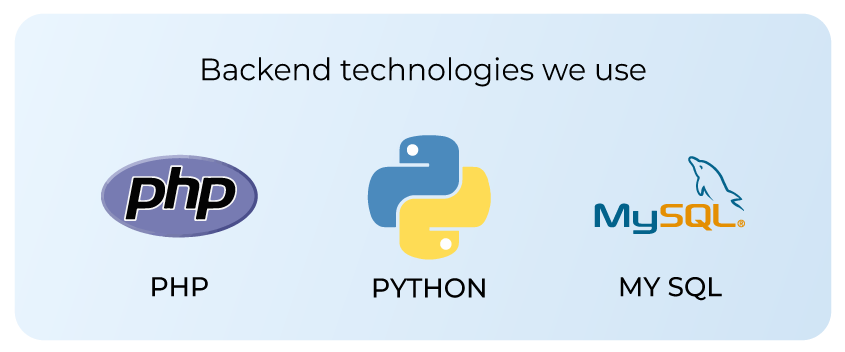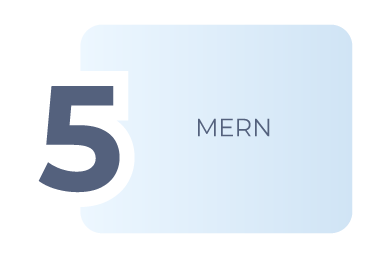Frontend Tech Stack
Frontend Tech is anything that a user may view or interact with the screen. Primary goal is to develop a fantastic user experience, a fluid user interface and simple internal structure. In simple words, it's responsible for how websites and web apps are designed, formatted and navigated.

HTML (Hypertext Markup Language)
It's a markup language for creating and displaying electronic documents (web pages). They are the backbone in the organization and placement of content on a web page.
CSS (Cascading Style Sheets)
It is responsible for the format and layout of the web pages. It includes the font styles, sizes, layout, color and other aspects of a web page. Developers commonly use frameworks like SASS and LESS to make CSS more manageable and more dynamic.
JavaScript
Used to make web pages interactive. It's a programming language that allows you to implement dynamics features on web pages common libraries and frameworks like jQuery, React, Angular and Vue. Many modern applications now also use TypeScript instead of basic Javascript.











